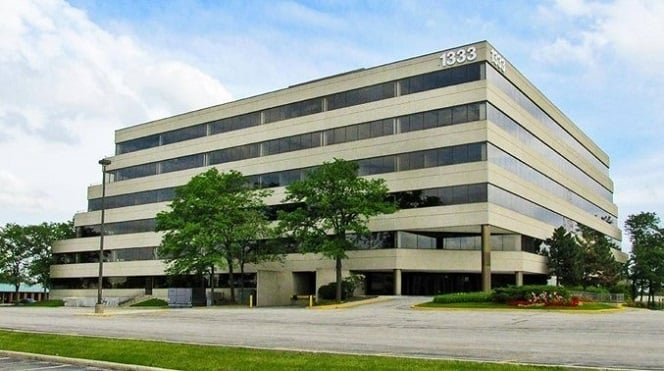MIAMI-When an underground tunnel connecting PortMiami and Interstate 395 is completed in 2014, flatbed trucks hauling cargo containers will be able to travel from Miami to Massachusetts without passing through a single traffic light, notes John Carver, head of Jones Lang LaSalle's Ports, Airports and Global Infrastructure group, which recently relocated from Los Angeles to Miami. Nearby, he explains, a restored rail link connecting the Port with the Florida East Coast Railway will enable the transfer of up to 200 containers at a time, a far cry from the one-by-one loading process underway today.
“The tunnel and rail projects are part of a multi-phase, $6.4 billion overhaul at PortMiami that will also see a 50-foot deep dredge capable of accommodating so-called post-Panamax ships—vessels currently too large to traverse the Panama Canal,” Carver tells GlobeSt.com. “Officials estimate the upgrades will increase PortMiami's capacity from 1 million TEUs today to 2 million TEUs in 2020—and 3 million TEUs in 2035.”
Of course, Miami is not the only Florida port receiving a facelift. From the Port of Tampa and Port Citrus, to Port Canaveral and Port Everglades, nearly all of the state's 14 seaports are experiencing upgrades. Carver points out that investments come as Tier 1 ports in Miami and Jacksonville prepare for an uptick in volume once the Panama Canal expansion is complete and secondary ports in smaller markets look to capture additional market share in non-container volume and short haul shipping.
“Improvements across the Sunshine State are consistent with upgrades underway at ports up and down the Eastern Seaboard and across the nation, as public sector authorities work to connect their waterfront operations with rail and road systems,” Carver says. “The $5.2 billion Panama Canal expansion will reshape dynamics in the global supply chain come 2014, but evidence indicates Florida's trade patterns are already shifting. While the state's inbound and outbound activity has historically relied on east-west transit, north-south connections between North and South America and the Caribbean are growing in significance.”
Carver offers a case in point: South Florida currently boasts the largest trade surplus among U.S. Customs Districts, roughly $25 billion as of earlier this year. Chief among the factors driving the success of Florida's ports are a geographic location that enables outbound cargo to remain stateside as long as possible, while at the same time offering an early point of entry for inbound shipments coming from points east and south, he says.
“This gained efficiency is especially important as ships grow larger and more expensive to operate,” Carver explains. “Yet for all its strengths as a hub for international cargo traffic, Florida has long lacked an inland port system to complement waterfront operations with ample land storage, direct links between rail lines and terminals, convenient interstate highway access, and proximity to large employment bases.
Now, he says, that appears to be changing, as private investors seize new opportunities to capitalize on billions of dollars in public sector investment. Early-stage developments—such as the Florida Inland Port in St. Lucie County—will yield new cargo capacity, enhance connectivity between Florida's ports and the nation's supply chain, and create new jobs. He concludes: “These private investments are an important step in the right direction for Florida's infrastructure and economy—and a strong sign that the state's ports are poised for growth as global consumer demand increases along with the cargo traffic it generates.”
© Touchpoint Markets, All Rights Reserved. Request academic re-use from www.copyright.com. All other uses, submit a request to [email protected]. For more inforrmation visit Asset & Logo Licensing.






